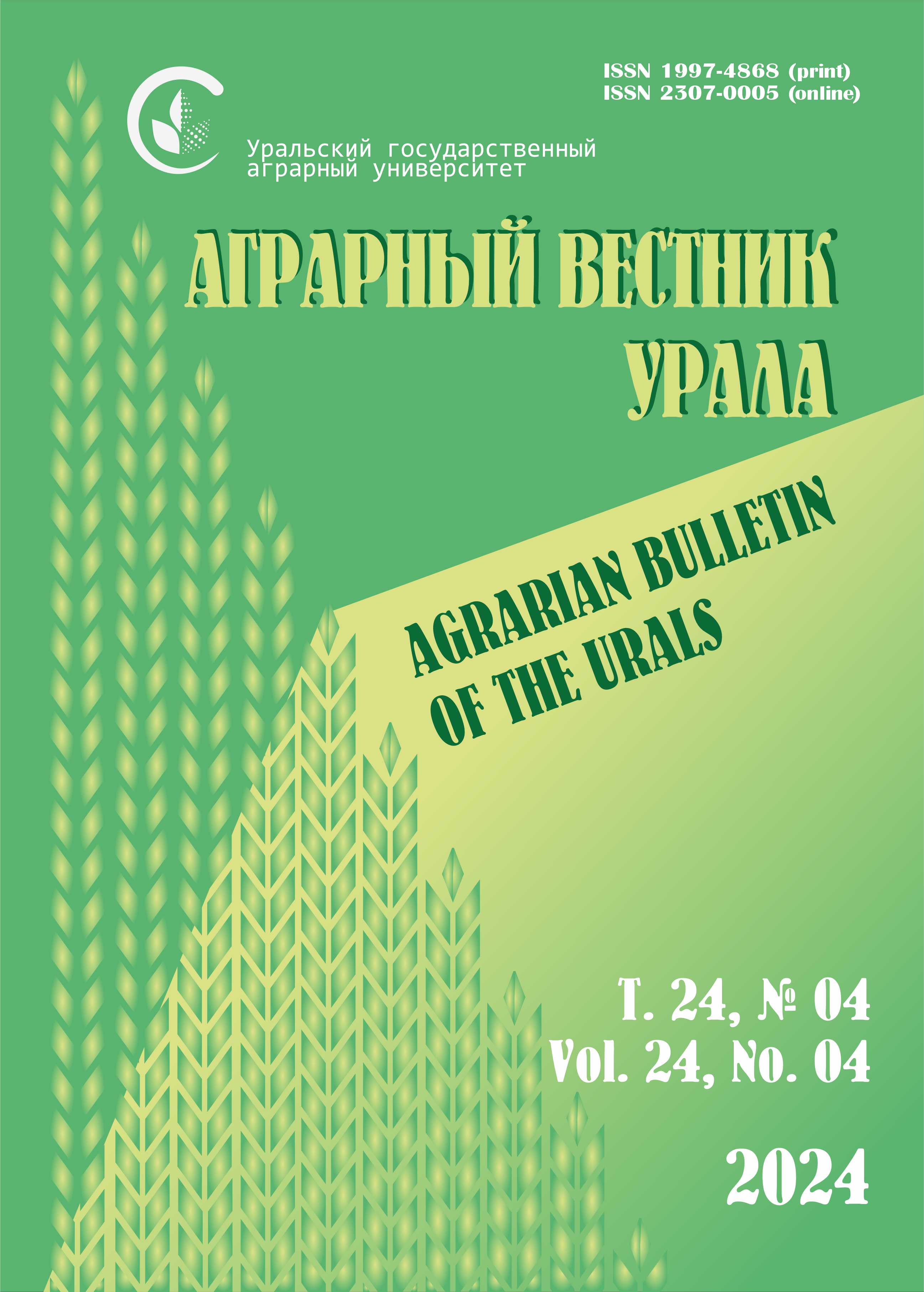Authors:
L. F. Beksheneva, A. A. Reut
South-Ural Botanical Garden-Institute – the separate structural subdivision of the Ufa Federal Research Center of the Russian Academy of Sciences, Ufa, Russia
Е-mail: This email address is being protected from spambots. You need JavaScript enabled to view it.
Abstract. Technogenic emission of heavy metals (HM) leads to their accumulation and migration in the “soil –plant” system. Herbaceous perennials occupy a significant place among the landscaping components exposed to toxicants. The purpose of the research is to study the accumulation and distribution of elements of hazard class I in plants of the genus Iris L. Methods. The research was carried out in 2020–2021 on the basis of the South-Ural Botanical Garden-Institute UFRC RAS. Objects of study: soil of the site and plant organs (Iris orientalis, I. pseudacorus, I. sibirica, I. spuria subsp. carthaliniae). The elemental composition was determined by the atomic absorption method with electrothermal atomization. Scientific novelty. For the first time, the distribution of pollutants was evaluated using the biological absorption coefficient (BAC) and total cumulation in organs. Results. It has been shown that the content of mobile forms of HM in the soil does not exceed the MPC and averages: Cd – 0.03, As – 0.59, Pb – 0.48 mg/kg. It was found that the distribution of cadmium in organs depends on the species: both basipetal (I. orientalis) and acropetal accumulation of the element (I. spuria subsp. carthaliniae) are possible. Accumulation in above-ground organs exceeds cumulation in roots from 1.4 to 7.5 times. It was shown that the roots of I. orientalis, I. pseudacorus, I. spuria subsp. carthaliniae perform a barrier function and accumulate arsenic in amounts exceeding the MPC. The root system of I. sibirica does not prevent the entry of the toxicant, which is concentrated in the generative organs at a concentration exceeding the MPC. It was determined that the BAC of arsenic in the leaves of all species is less than 1. Lead uptake is species-independent, as evidenced by close total elemental values, similar organ distribution, and consistently high MPC. A predominantly above-ground concentration of the pollutant was revealed. The result of the regression analysis showed that the content of the mobile form of lead in the soil does not affect its accumulation in the leaves.
Keywords: heavy metals, metalloid, lead, cadmium, arsenic, Iris L., MPC, biological absorption coefficient, translocation coefficient.
For citation: Beksheneva L. F., Reut A. A. Akkumulyatsiya tyazhelykh metallov predstavitelyami rodovogo kompleksa Iris L. [Accumulation of heavy metals by representatives of the generic complex Iris L.] // Agrarian Bulletin of the Urals. 2022. No. 07 (222). Pp. 49‒57. DOI: 10.32417/1997-4868-2022-222-07-49-57. (In Russian.)
Download the full text of the article











